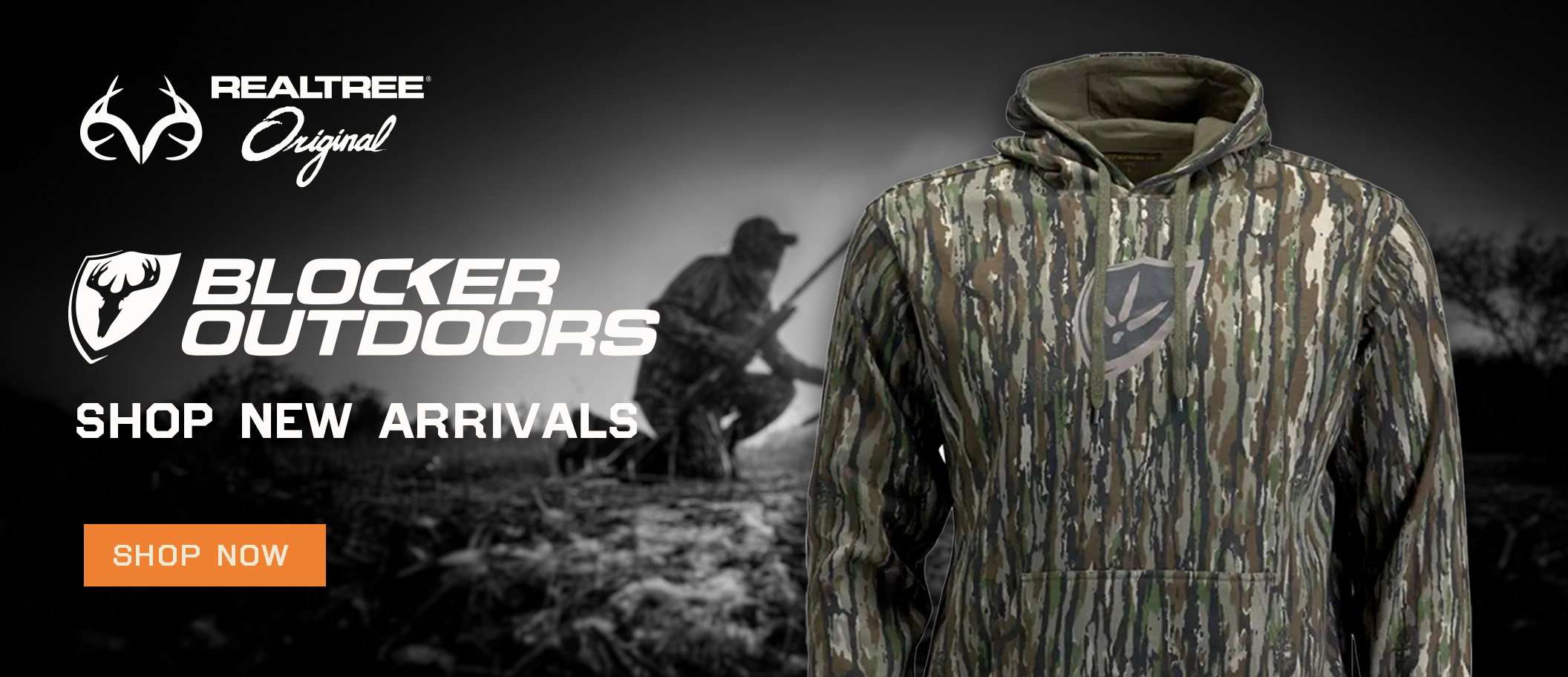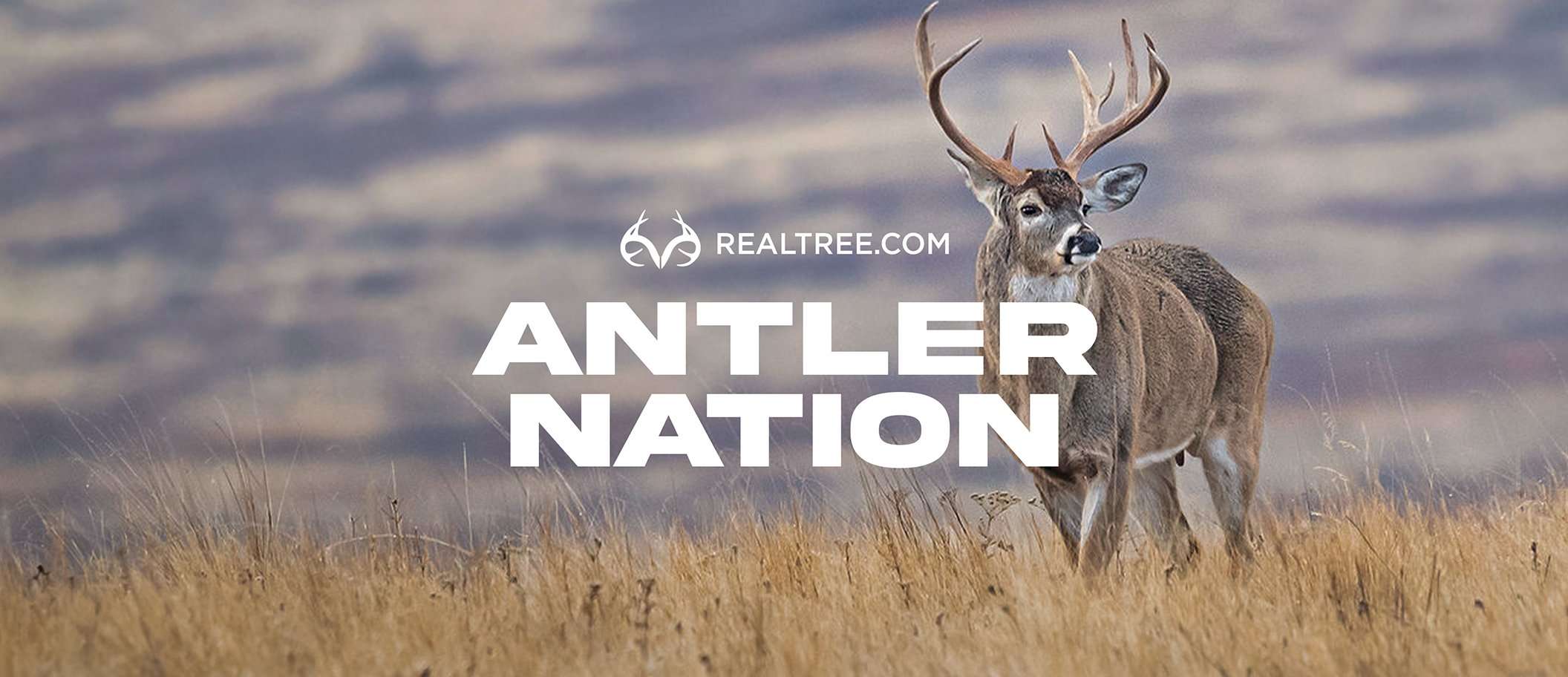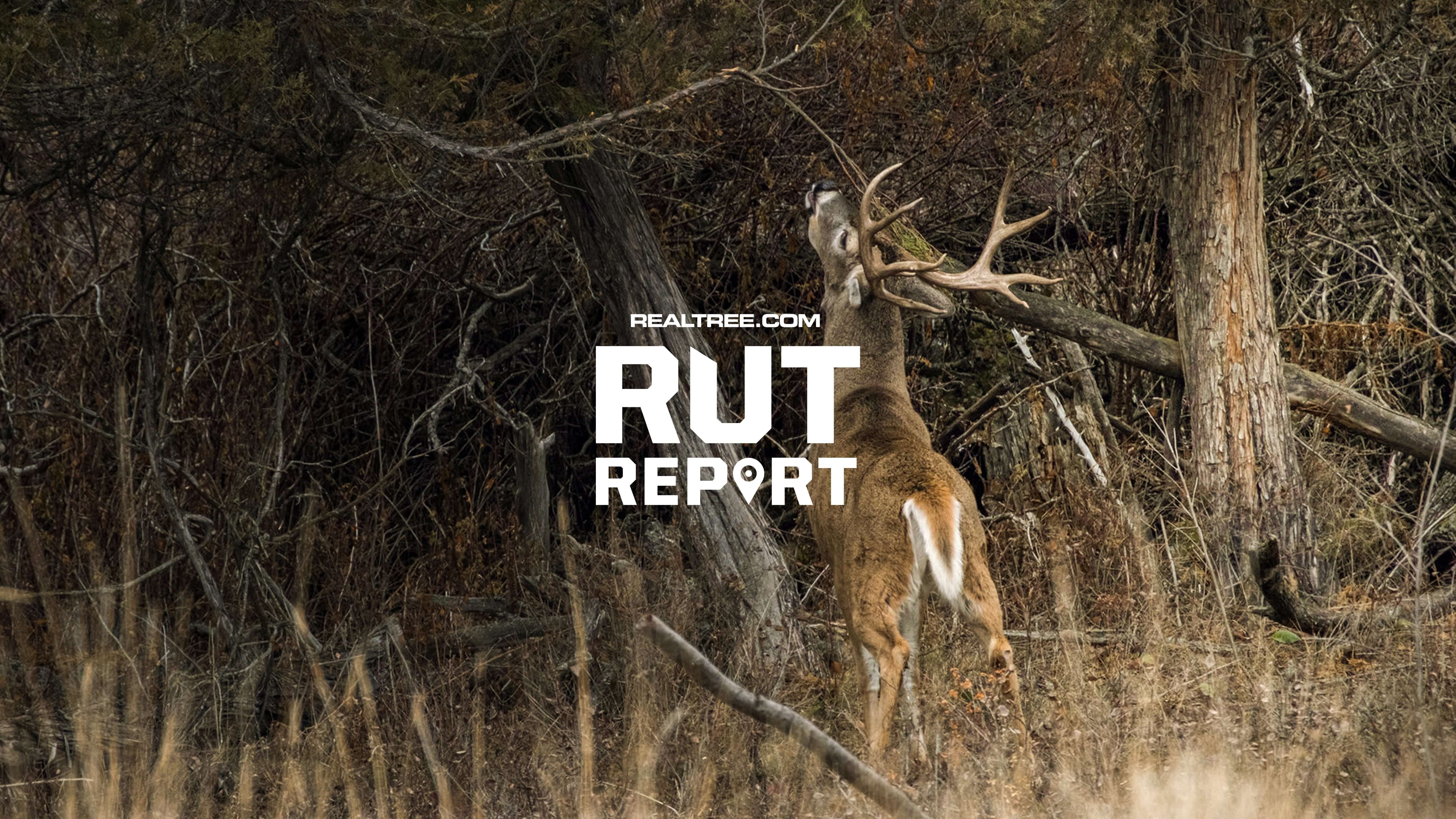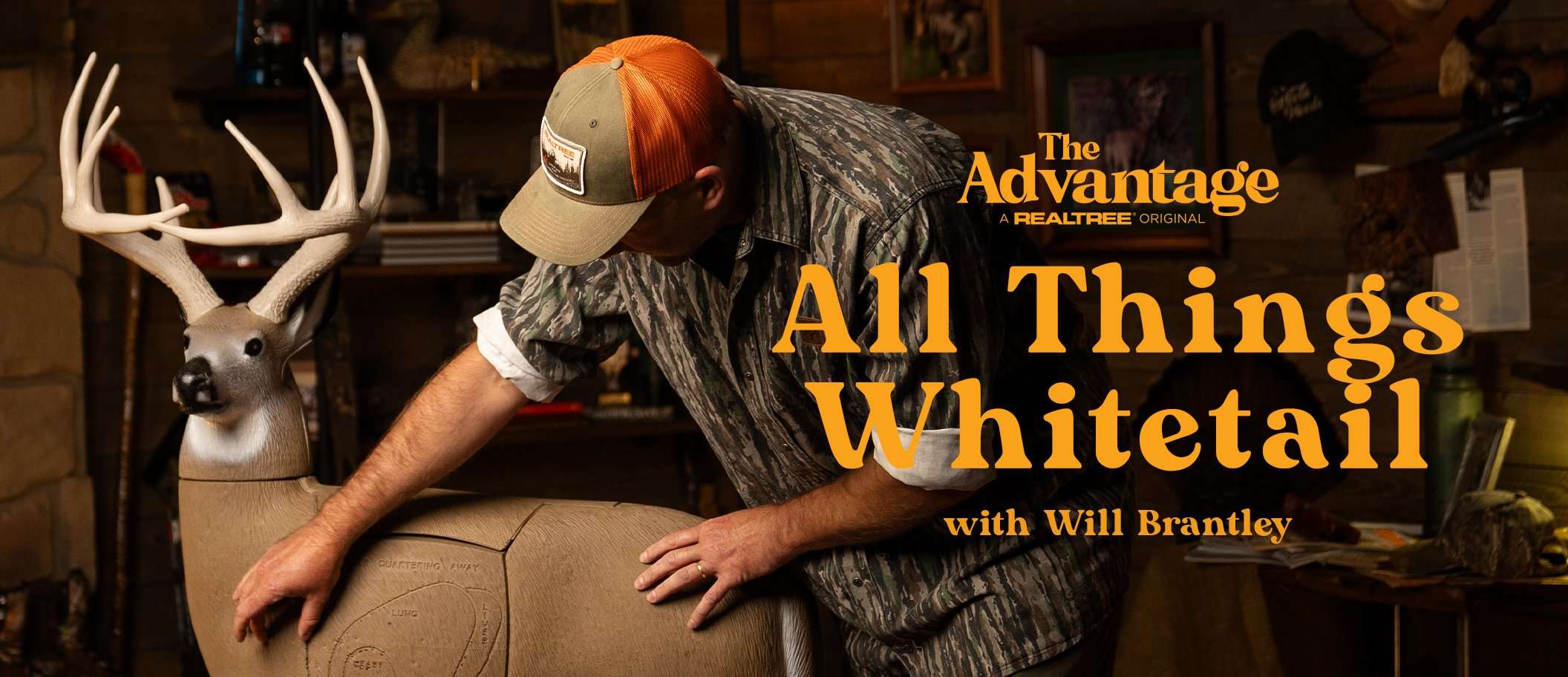From researching tags to online scouting to on-the-ground hunting tactics, here’s your primer for planning a hunt out West
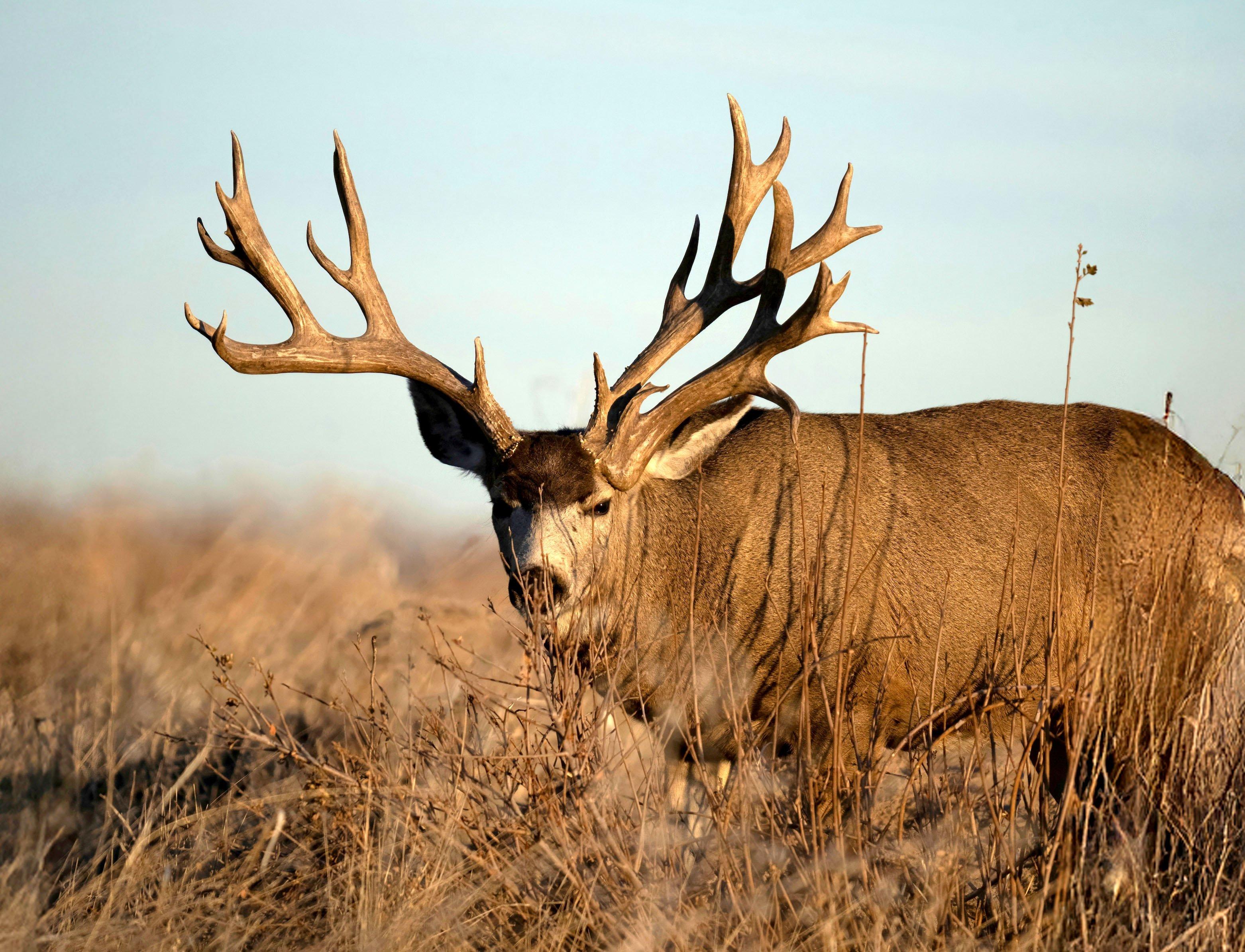
Deer and antelope tags are the easiest to obtain in the western draws and even in a few limited over-the-counter contexts. (Photo by John Hafner)
I tasted my first western hunting adventure in 2003, when my family visited South Dakota. My brother and I were young teenagers from Wisconsin back then, clenching archery antelope tags and brimming with anticipation as we rolled into pronghorn country. We saw animals scattered everywhere, and couldn’t begin hunting fast enough.
In five days, we got a few shot opportunities but didn’t connect. We left the prairies with our tails tucked but were hooked. Fast forward 22 years, and I’ve hunted the West dozens of times and have taken multiple elk, whitetails, mule deer, and antelope, mostly on DIY adventures.
After hundreds of thousands of miles driven and thousands hiked, hunting the West hasn’t lost its thrill. Whether I’m carrying a bow or firearm, I always harken back to that 2003 South Dakota antelope hunt where my western journey began. Had my brother and I not embarked when we did, perhaps we’d have never left our backyard whitetails and turkeys.
Fear keeps folks from crossing the great divide known as the East and West. There’s the fear of not knowing how or where to begin planning a hunt. There are financial fears and the fear of not understanding how to obtain tags. Some cannot fathom hunting on public land when they’ve always hunted whitetails out the back door.
Shun those fears, because if you’ve dreamt of chasing deer, elk, or antelope, you just have to put it on the docket and go. Read this primer, plan diligently, and things will fall into place.
CHOOSE A SPECIES
Above, I named off the western species I’ve hunted and taken. Additionally, there are black bears, mountain lions, sheep, goats, and moose. That’s a lot to choose from, but tag availability for sheep, goats, and moose naturally weed them out, at least as short-term options. And bears and cats don’t appeal to everyone. For the purposes of this article, we’re focused on deer, elk, and antelope.

If you are a first-time western hunter, consider going after antelope or deer because they are often easier to locate and hunt than elk. (Photo by Paul Tessier)
Tags for deer and antelope are the easiest to obtain in the western draws and even in a few limited over-the-counter contexts. Elk tags are also available as short-term options, but I don’t suggest elk as your first western hunt because the odds of success are very slim — less than 10 percent — and because elk hunts are just flat difficult from beginning to end.
A deer or antelope hunt is more the speed for a first-time western hunter. Generally, they’re easier to find than elk, especially antelope, which are active in the wide open all day long. You also don’t have the steep learning curve of calling. You’ll get some great trial by fire right out of the gate with spotting and stalking, which, if you haven’t done it, is inconceivably exciting. In locations where deer and antelope co-exist, consider a combo hunt for both to increase your odds.
CHOOSE A STATE, GET A TAG
Wyoming is a deer and antelope hunting Mecca. Herd numbers are generally good, and most hunt areas have ample public land. Ditto with Montana and Colorado. Western South and North Dakota, though technically Midwestern states, also provide true Western hunting experiences for deer and antelope.
Don’t Miss: The Modern State of Nonresident Elk Hunting
Arizona, New Mexico, Utah, and Nevada have incredible trophy-class hunting, but getting tags for them is more difficult compared to the states previously mentioned.
So, Colorado, the Dakotas, Montana, and Wyoming are your best short-term options. Nonresident big game tags are divvied up through draws, and there are nuances with each state in terms of draw odds (preference points, bonus points, and random lottery). I won’t dive into this topic, as you can find YouTube videos and other articles that explain it in detail.
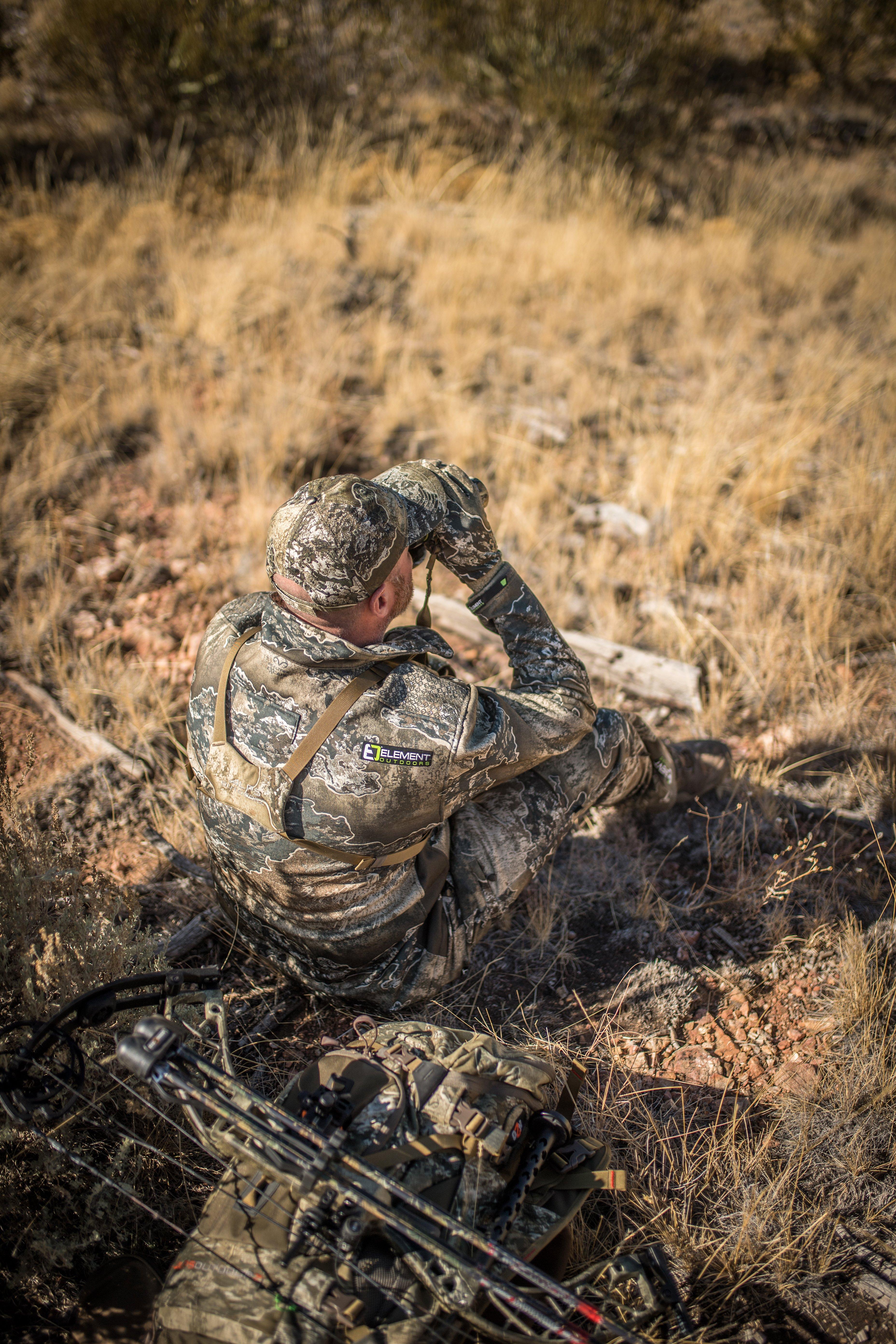
You’ll spend a lot of time glassing during your western hunt, so good optics are a must. (Photo by Bill Konway )
Even if you plan to take your first western trip in 5-10 years, begin planning now, as tags are becoming increasingly difficult to obtain. Before we continue, let me note that, in many instances, archery and muzzleloader tags are easier to draw than rifle tags. I suggest a GoHunt Insider subscription. From drawing odds to individual unit details to trophy potential, a subscription is money well spent, particularly if you want to begin working toward hunts in a few states or for several species. GoHunt simplifies the research process and will help you to find hunts that match your goals.
BEFORE THE HUNT
While GoHunt details the percentage of public land available in each hunting unit, mapping apps like HuntStand Pro and onX Hunt help you map public lands and study the terrain. My first 10 years or so of western hunting trips were done with paper maps, but these modern mapping apps are far more effective and convenient.
Now, what to look for. For mule deer, I study the app for rolling terrain. Of course, muleys inhabit the high alpine, but good starter western mule deer hunts are on the prairies or in the foothills. I drop markers related to vehicular access, water sources, glassing knobs, and isolated bedding pockets. I try to identify at least four or five such areas so that I have back-up plans if my primary hunt areas are overrun with hunting pressure or I’m not finding game.
Although whitetails overlap mule deer on the prairies and in the foothills, most are concentrated in river bottoms and irrigated ag fields. You’ll also find loads of them in the Black Hills of South Dakota and Wyoming, which is more of a big-woods hunt.
Antelope inhabit landscapes from the pancake flat plains to the high desert plains at 9,000-plus feet of elevation. You’ll want to identify water sources on your mapping app of choice. Find the water, find the goats. Many bucks inhabit the rolling sage prairies while others gravitate toward irrigated crops. Map a few of each so you have options.
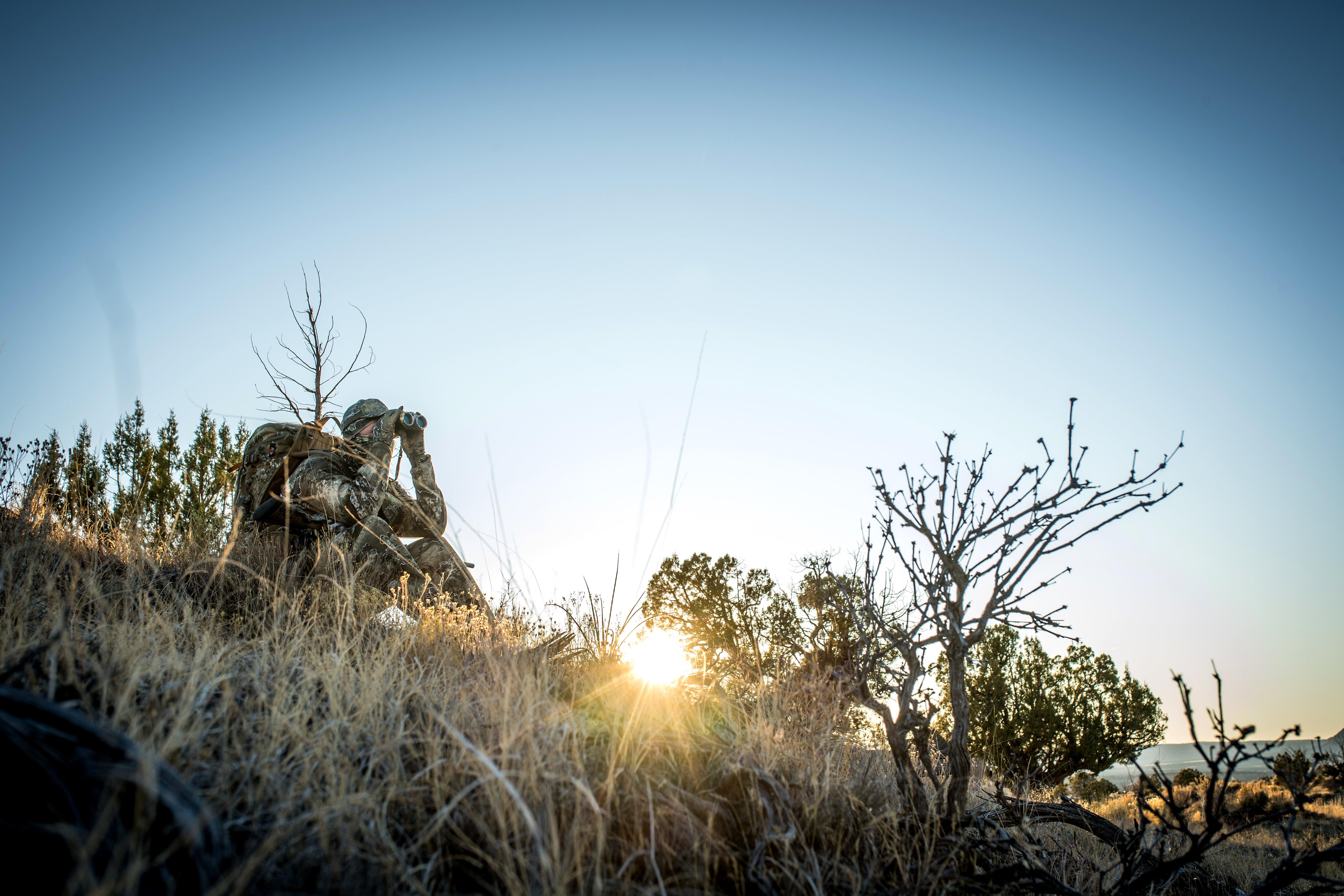
If you’re going after mule deer, prepare for long hours of glassing and at least several miles of hiking daily. (Photo by Bill Konway)
Regardless of hunt location or species pursued, western hunting is substantially more physical than whitetail hunts back east. Spend at least a few months working out and training before your hunt. Also, adjust your shooting practice. If you’ll be bowhunting, practice out to at least 60 yards to make a 40-yard shot more doable or 80 yards to make a 60-yarder easier. With a muzzleloader, try to get out to at least 150 yards, if not 250 (with the right equipment, of course). With a rifle, plan to shoot at least 300 yards, though becoming deadly at 400 further increases your odds.
ESSENTIAL GEAR
Lightweight footwear with solid ankle support and positive traction is a must for western hunting. You’ll also want athletic apparel that stretches and moves with you so that you’re able to hike the inclines and declines without restriction. Have layers, as mornings can be chilly but the middays and afternoons sweltering.
Most deer and antelope hunts can be done with motel lodging. However, you can hit the more remote areas by camping. This will require more gear and hassle, as you’ll need to have cookware, a tent, sleeping bag, cot, and a water source. The hassle can be worth it, though. Just imagine sitting in a camp chair and musing at the stars with zero light pollution following exciting days afield.
For archery gear, the same rig you use for whitetails is perfectly suitable for western deer and antelope. Some say higher arrow velocity is better, but learning a new setup can diminish your confidence. So, use what you know and are confident with.
Don’t Miss: Pack Animals, Goats and E-Bikes for Elk Hunting
For rifles, you can also use an average deer rifle. However, if you plan to do a lot of western hunting in the future, consider a dedicated gun chambered in a fast, flat-shooting cartridge. Newer rounds like the Federal 7mm Backcountry, 6.8 Western, and 7mm PRC are all solid options, but the classics like 7mm Remington Mag and .300 Winchester Mag still work just fine, too. The 6.5 Creedmoor provides great ballistics with minimal recoil, and is very popular among antelope hunters. With good shot placement, it's plenty for a big mule deer buck, too. Due to lots of hiking, consider a lightweight model and rig it with a turreted scope or one with a pre-calibrated, multi-line reticle.
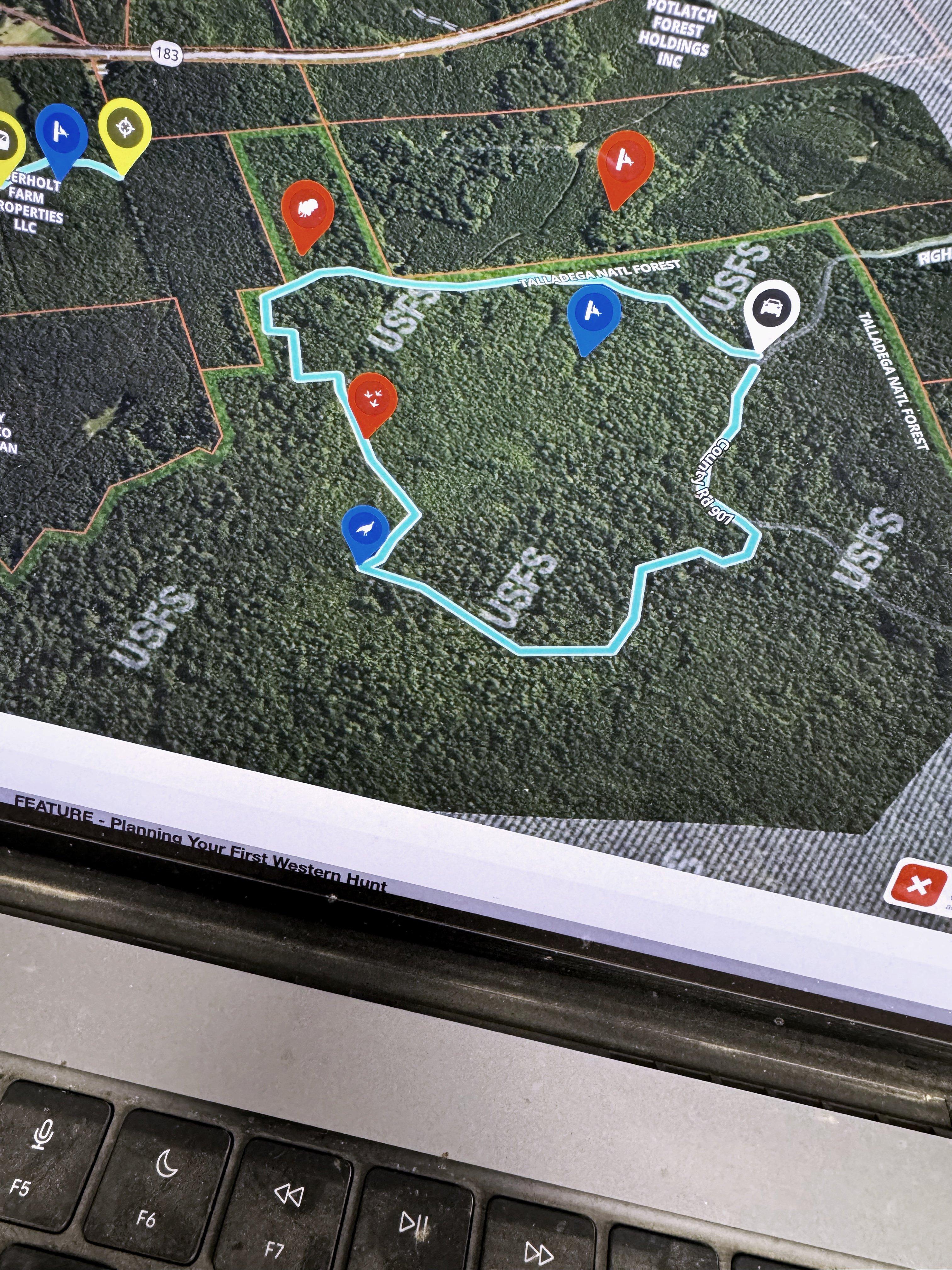
Modern mapping apps are effective and convenient for planning out your western hunt. (Photo by Bill Konway )
Don’t attempt a western hunt without quality optics. I did several hunts with just a pair of 10x42mm binos, but after my first experience with a spotting scope, I won’t hit the West without one. I spot more game, and when it comes to sizing up bucks, there’s no substitute. Take truck-window and tripod mounts for your spotting scope, and for long days of glassing, affix your binoculars to a tripod to stabilize your view, making moving animals easier to spot.
HUNTING TACTICS
Whether hunting with a bow or a rifle, mule deer are most effectively hunted via spotting and stalking. Prepare for long hours of glassing and at least several miles of hiking daily. Always consider the wind and approach from downwind or at least in a crosswind. Also, select landmarks that will help you reference where you are relative to the animal. In the early season, it’s best to watch a buck bed and plan your stalk. Later, during the rut, be prepared to stalk and move with the animals, which are active throughout the day. Always be attentive to non-target animals while en route to your buck, as spooking them could foil the hunt.
Spotting and stalking is the go-to tactic for rifle antelope hunters, too. Archery hunters can find success at that as well, but it’s pretty difficult. Using a decoy during the pronghorn rut in mid- to late-September can definitely spice things up. But the safest play for bowhunting antelope is finding a water source they’re regularly using or a hayfield where they’re regularly feeding, setting up a ground blind, and waiting for a buck to walk into bow range.
JUST GO WEST
There’s more to western hunting — a lifetime more — but this primer will get you started so that you can take the next few bites of the elephant rather than be overwhelmed by the whole thing. Then, just get started. Chances are you’ll be as hooked by that first western hunt as I was all those years ago.

